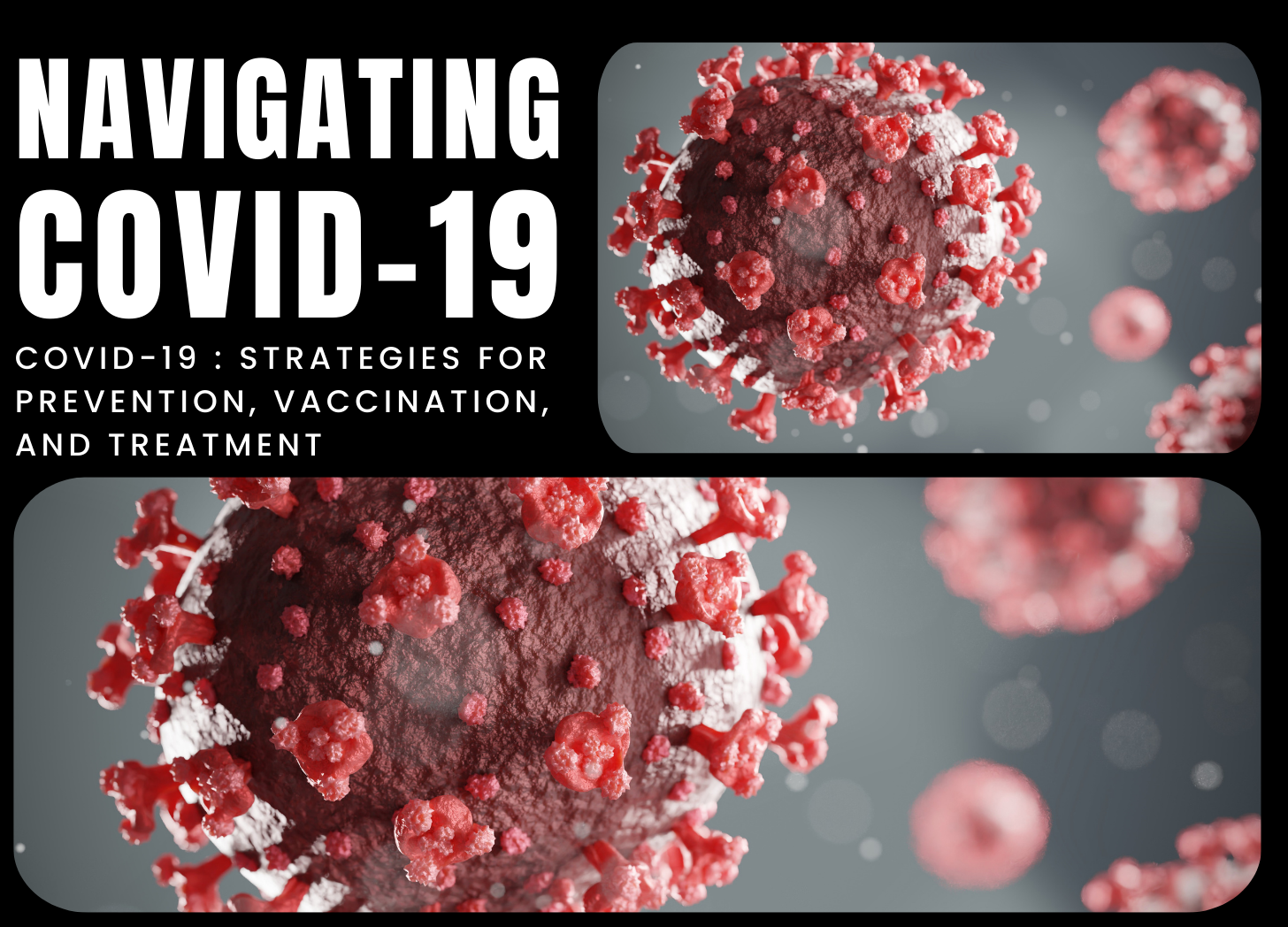Contact Us
Contact Us

The COVID-19 pandemic, which was caused by the new coronavirus SARS-CoV-2, has had a significant global impact, affecting millions of people and economies. This respiratory virus spreads mostly by respiratory droplets produced when an infected person coughs, sneezes, or speaks, making it extremely contagious. COVID-19 symptoms can range greatly, ranging from mild respiratory symptoms to severe sickness and death. Typical symptoms include fever, cough, shortness of breath, exhaustion, muscle or body aches, loss of taste or smell, sore throat, congestion, nausea, and diarrhea. Some people may remain asymptomatic carriers, unintentionally transmitting the virus to others.
COVID-19 spread prevention is critical for pandemic control and public health protection. To lower transmission rates, public health interventions including as wearing face masks, adopting physical separation, handwashing often, and avoiding big gatherings have been established around the world. Furthermore, vaccination initiatives have been critical in building herd immunity and reducing severe sickness and hospitalizations.
The development and dissemination of COVID-19 vaccinations has been critical in the global response to the pandemic. Multiple vaccinations have been approved for emergency use after demonstrating efficacy in avoiding COVID-19 infection and lowering the severity of disease. Vaccination efforts have been targeted for high-risk groups, healthcare providers, and vital workers, with the goal of attaining broad immunity and reducing transmission rates.
In addition to immunization, testing and contact tracing have helped to detect and isolate COVID-19 infections, preventing the virus from spreading further. Rapid diagnostic methods, PCR testing, and serological testing have all been used to detect active infections and antibodies to the virus. Contact tracing entails identifying and contacting people who may have been exposed to COVID-19, urging them to isolate and monitor for symptoms in order to prevent future transmission.
COVID-19 treatment is generally focused on providing supportive care to ease symptoms and prevent complications. In severe circumstances, hospitalized patients may need supplemental oxygen therapy, mechanical breathing, or other supportive measures. Several antiviral medicines, including remdesivir, have been licensed for emergency use in hospitalized COVID-19 patients to reduce disease duration and improve outcomes.
As the COVID-19 pandemic progresses, continuing research and surveillance are critical for monitoring virus variations and changing public health interventions accordingly. Continued commitment to preventive measures, vaccine efforts, and worldwide collaboration are critical for overcoming COVID-19’s hurdles and, ultimately, ending the pandemic.
References:
1.World Health Organization. (2022). Coronavirus disease (COVID-19) pandemic. Retrieved from https://www.who.int/emergencies/diseases/novel-coronavirus-2019
2.Centers for Disease Control and Prevention. (2022). COVID-19: Overview and infection prevention and control priorities in non-US healthcare settings. Retrieved from https://www.cdc.gov/coronavirus/2019-ncov/hcp/non-us-settings/overview/index.html
Post a Comment